Твердосплавные режущие инструменты - невоспетые герои механической и металлообрабатывающей промышленности. Они прочны, точны и выполняют работу даже в экстремальных условиях. Но как оптимизировать их эффективность? Именно это мы и хотим выяснить! В этом руководстве мы подробно рассмотрим эффективность резки твердого сплаваИзучая сырье, применение, производственные процессы и многое другое.
Понимание эффективности резки твердым сплавом
Что такое эффективность резки твердого сплава?
Эффективность резки твердого сплава относится к способности инструментов на основе твердого сплава эффективно резать материалы, минимизируя отходы и максимизируя производительность. Речь идет не только об остроте, но и о прочности, долговечности, износостойкости и способности выдерживать высокие температуры. Подумайте об этом, как о поварском ноже: более острое и прочное лезвие означает более чистую резку и более длительное использование.
Почему твердый сплав имеет значение для режущих инструментов?
Карбид вольфрама, часто используемый в качестве основного материала, сочетает в себе твердость и прочность так, как это не удается большинству металлов. По сравнению с традиционными стальными инструментами инструменты из карбида служат дольше, режут быстрее и работают в более жестких условиях. Это все равно что перейти от ножа для масла к самурайскому мечу.
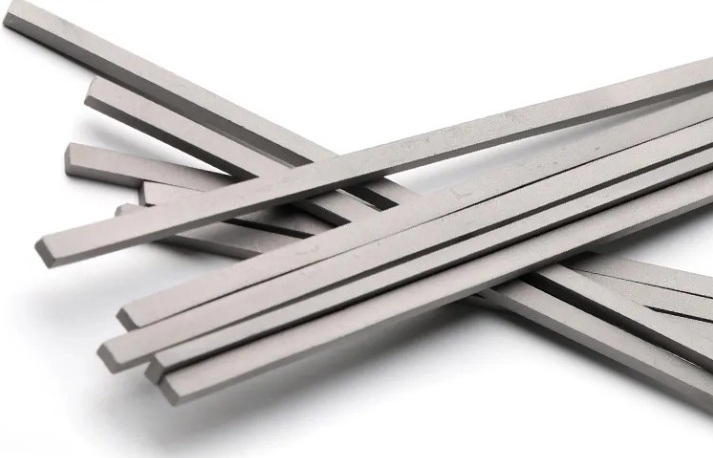
Анализ сырья и состава твердосплавных режущих инструментов
Твердосплавные режущие инструменты представляют собой смесь металлических порошков и связующих веществ. Давайте разберемся, что это такое:
| Материал | Роль в композиции | Свойства |
|---|---|---|
| Карбид вольфрама (WC) | Материал сердцевины, обеспечивающий твердость | Исключительная износостойкость, высокая прочность |
| Кобальт (Co) | Действует как связующее вещество | Прочность, пластичность |
| Карбид титана (TiC) | Повышает износостойкость и термостойкость | Коррозионная стойкость |
| Карбид тантала (TaC) | Повышает термостойкость | Стабильность при высоких температурах |
| Никель (Ni) | Альтернативный переплет | Антикоррозийный, повышает гибкость |
Технологический процесс производства твердосплавных режущих инструментов
- Приготовление порошка: Смешивание карбида вольфрама, кобальта и других порошков до точного соотношения.
- Уплотнение: Пудры прессуются в формах, образуя "зеленый" компакт.
- Спекание: Высокотемпературное спекание сплавляет частицы вместе, создавая окончательный твердый материал.
- Формирование и шлифовка: С помощью алмазных абразивов режущим инструментам придается окончательная форма.
- Покрытие (опционально): Современные покрытия, такие как нитрид титана, повышают производительность и долговечность.
Применение твердосплавных режущих инструментов
| Промышленность | Приложение | Повышение эффективности |
|---|---|---|
| Аэрокосмическая промышленность | Резка высокопрочных сплавов | Точные разрезы, сокращение времени простоя |
| Автомобильная промышленность | Обработка деталей двигателя | Ускоренное время цикла, увеличенный срок службы инструмента |
| Медицина | Производство хирургических инструментов | Сверхточная точность, минимальный износ |
| Нефть и газ | Бурение и производство трубопроводов | Работает в экстремальных условиях |
| Общее машиностроение | Резка, сверление и придание формы различным металлам | Универсальность, сокращение замены инструментов |
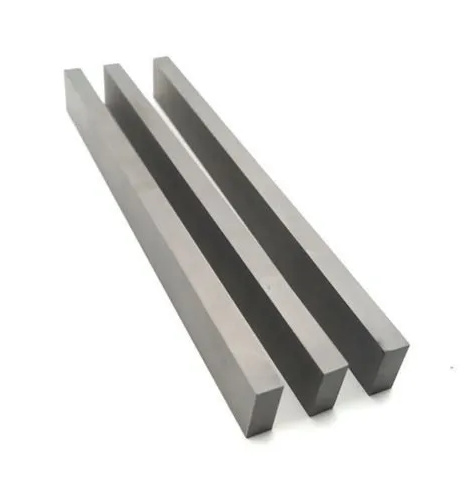
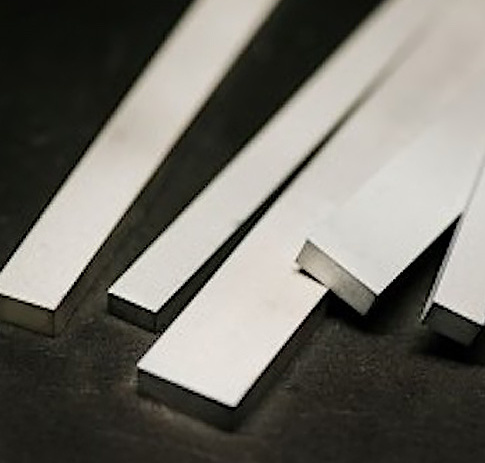
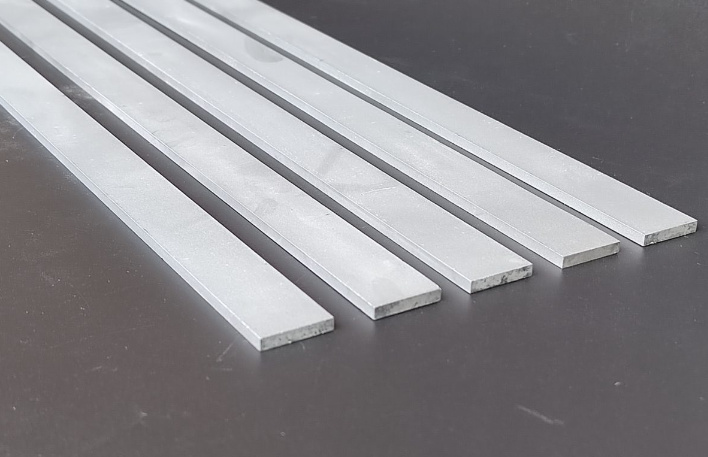
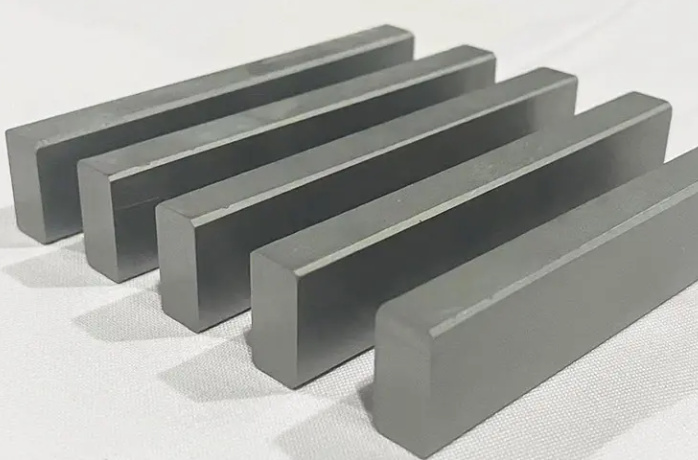
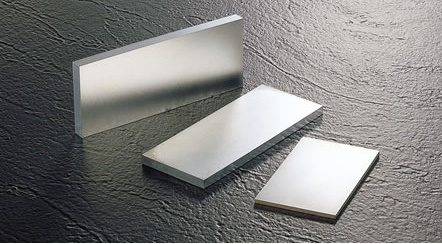

Свойства материалов твердосплавных режущих инструментов
| Недвижимость | Диапазон | Влияние на эффективность |
|---|---|---|
| Твердость | 85-92 HRA | Более высокая твердость означает более длительный срок службы инструмента |
| Плотность | 14,5-15,1 г/см³ | Указывает на компактность материала |
| Прочность при поперечном разрыве | 2,000-3,000 МПа | Устойчивость к разрушению под нагрузкой |
| Теплопроводность | 84-105 Вт/мК | Отвод тепла во время резки |
| Модуль Юнга | 550-700 ГПа | Отражает жесткость материала |
Топ-10 моделей металлических порошков для твердосплавных инструментов
Вот более подробный обзор конкретных моделей металлических порошков, которыми оснащаются твердосплавные инструменты:
- WC-10Co-4Cr: Превосходно подходит для применения в условиях сильных ударов.
- WC-6Co-1Cr: Баланс износостойкости и прочности.
- WC-17Co: Известен своей превосходной твердостью и долговечностью.
- WC-12Ni: Обеспечивает коррозионную стойкость в сложных условиях.
- WC-20TiC: Отлично подходит для высокоскоростной обработки.
- WC-5Mo-4Co: Исключительно эффективен в абразивных условиях.
- WC-8TaC-2Co: Идеально подходит для сплавов аэрокосмического класса.
- WC-15Co-2TiC: Обеспечивает повышенную термостойкость.
- WC-9Co-1Ni: Сочетает в себе прочность и гибкость.
- WC-25Cr3C2: Предпочтительно для тяжелых промышленных работ.
Выбор Эффективность резки твердого сплава
| Фактор | Рассмотрение | Наконечник |
|---|---|---|
| Тип инструмента | Сверла, концевые фрезы, вставки и т. д. | Подберите инструмент к материалу |
| Состав материала | Соотношение WC, Co, TiC | Баланс твердости и прочности |
| Варианты покрытий | TiN, TiCN, Al2O3 | Используйте покрытия для высокотемпературных работ |
| Репутация поставщика | Старые и новые поставщики | Приоритет качества и последовательности |
| Бюджет | Первоначальные затраты против долгосрочной экономии | Инвестируйте в долговечные и высококачественные инструменты |
Сравнение преимуществ и недостатков
| Аспект | Преимущества | Ограничения |
|---|---|---|
| Долговечность | Долговечность, устойчивость к износу | Более высокая первоначальная стоимость |
| Точность | Более чистые и точные разрезы | Для оптимального использования требуются специальные знания |
| Универсальность | Работает с различными материалами, включая сплавы | Не идеально подходит для мягких материалов |
| Термостойкость | Хорошо работает при высоких температурах | Для экстремальных работ могут потребоваться специальные покрытия |

Вопросы и ответы
| Вопрос | Ответить |
|---|---|
| Что делает твердосплавные инструменты эффективными? | Их твердость, долговечность и способность выдерживать нагрев и износ при резке. |
| Являются ли твердосплавные инструменты лучше стальных? | Да, они служат дольше, режут быстрее и могут работать с более прочными материалами. |
| Как ухаживать за инструментами из твердого сплава? | Регулярная очистка, правильное хранение и периодическая заточка обеспечивают долговечность. |
| Можно ли использовать твердосплавные инструменты для всех материалов? | Они лучше всего подходят для твердых материалов; более мягкие материалы могут оказаться не столь полезными. |


